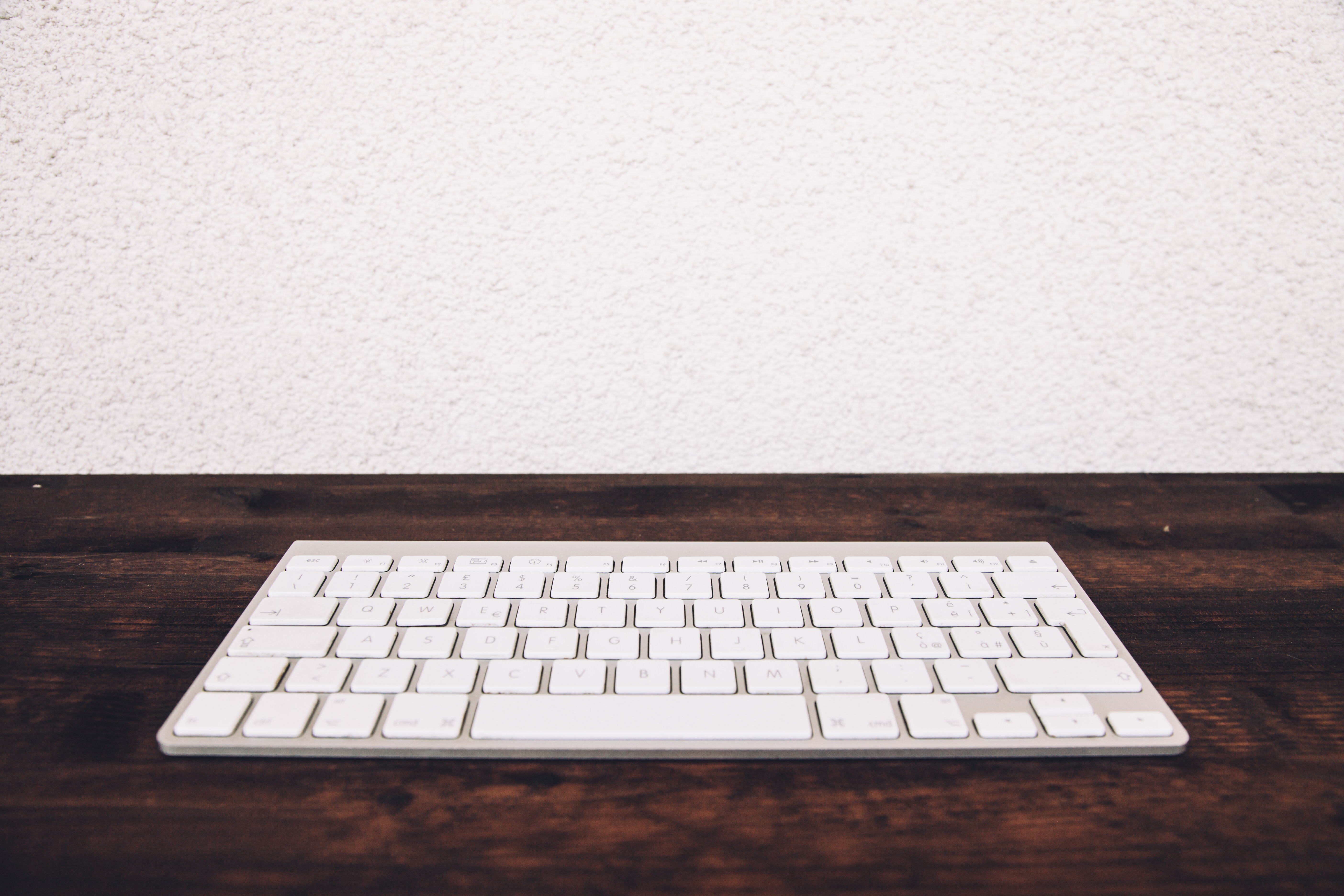Design Trends For Property and Real Estate Websites
The digital space for property developers and real estate companies is extremely competitive and as the best agents and developers know, it’s about more than selling the actual land, residential or commercial space, it’s about selling an aspirational lifestyle.
Here we take a look at how the industry is adopting a number of consistent web design trends to engage customers and create the hottest properties in town.
Imagery
The quality and size of images on a property industry website are paramount. And, we’re not just talking about photography. Thanks to the quality of animation and the latest graphic design software, a single building doesn’t even need to be built to show a photo-realistic ‘impression’ of what the finished property will look like. Some consistent trends regarding digital imagery include:
- The Hero Shot – which is often full width and isn’t always a photograph of the property for sale. Across a range of the property industry websites, images are being used creatively to highlight amazing city views, lush tropical environments or healthy family lifestyles that may or may not include any buildings at all.
- High Definition – if there’s one defining design factor that differentiates the best websites from the rest, its image quality. These days, there is no excuse for using poor quality photography on your website.
Real estate listings that include a video receive 403% more enquiries than those without.
(Hubspot 2016)
Layout
There are three clear digital design trends emerging when it comes to website layout for property industry and real estate websites and all three owe their popularity to the increased dominance of mobile devices being the preferred way users are choosing to view web content.
- Less clutter – You’ll notice that many property and real estate companies are choosing to offer less rather than more choice when it comes to navigation options such as sidebar menus, sub-menus, buttons, forms, and links. The trend towards minimalist website design is also aimed at increasing load time and creating a clear content focus for the user. Much of the same content may be included in the website, but it’s been cleverly designed so it doesn’t detract from the imagery described above.
- Card-based design – this is closely tied to the imagery used on the site and without good imagery, a card-based layout won’t work because it puts the visual design elements first – whether that is a photo, illustration, creative graphic such as a floorplan or an infographic. Cards are essentially blocks of content and they’ve taken over from drop down menus and work well with our third key layout trend.
- Flat design – gone are the days where clients wanted web designers to make everything shiny and three dimensional by using shadows, shading and gradients. Matt and flat are the current trends that let those amazing images take centre stage.
Mobile devices now account for nearly 2 of every 3 minutes spent online.
(Source: comScore)
Functionality
When it comes to the functionality of how websites work, the trend is to favour scrolling down a single layer of content, rather than clicking through a range of menu options to delve deeper into the detail. As users have increasingly gotten used to scrolling or flicking down and across devices, web designers have moved on from the old concept of ‘above the fold’ design, where the aim was to keep as much important information as possible at the top of the webpage.
The other big design trend for website functionality makes the most of the latest web development programming languages such as CSS3, HTML 5 and jQuery, which can increase user interaction through animating graphics, transitioning images and making websites highly responsive across multiple devices.
Given 15 minutes to consume content, two-thirds of people would rather read something beautifully designed than something plain.
(Source: Adobe)
Typography
Thanks to the proliferation of open-source font libraries such as Google Fonts, sophisticated typefaces are now available to all. The increased understanding of the role user experience plays in converting website users into customers is also driving the positive trend towards big, bold, easily readable typography rather than ornate fancy fonts.
38% of people will stop engaging with a website if the content/layout is unattractive.
(Source: Adobe)
At iFactory, keeping pace with digital design trends is our core business. For over 10 years, we’ve been applying best practice design and web development methodology to create award-winning websites for a wide range of clients. If you’re ready to take your website to the next level of design, functionality and user experience, contact us today.

